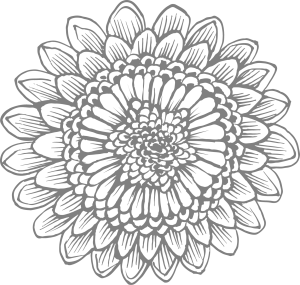PALATA
Procession of floats in honour of St Anthony of Padua following a similar pattern to other festivals in the area. Here too we note the important cooperation with the carts of families from Larino who take pairs of oxen from breeders in Palata and then bring their flowered carts to the procession in honour of St Anthony in Palata as a sign of thanks for their cooperation in providing and caring for the animals that drive their carts during the festival in honour of St Pardo. In other cases, the families – fewer in number – set up the float, but borrow the animals from other neighbouring villages. This circuit of mutual aid between localities sharing the same form of celebration clearly highlights the territorial characterisation of this form of cultural expression chosen by communities of agrarian extraction. In this case too, the floats are decorated with embroidered cloths and fewer flowers, but the icon of the saint remains, finely framed in front of the float in the so-called ‘palm tree’ affixed to the helm of the float, as already noted in the procession of St Anthony in Montecilfone. In Palata too, as well as family floats, there are floats belonging to groups of young friends who thus share the commitment and burden of organising the procession. The organisation of the festival involves taming the animals, preparing the floats, and carrying out the procession, which has been handed down for generations. In addition to the tablecloths, typical animal decorations are the coloured cords that are knotted around the cattle’s horns. According to some, the tradition of the feast of St Anthony in Palata was only the pair of yoked oxen brought to bless.

VIDEO
IMAGE GALLERY


PALATA
Procession of floats in honour of St Anthony of Padua following a similar pattern to other festivals in the area. Here too we note the important cooperation with the carts of families from Larino who take pairs of oxen from breeders in Palata and then bring their flowered carts to the procession in honour of St Anthony in Palata as a sign of thanks for their cooperation in providing and caring for the animals that drive their carts during the festival in honour of St Pardo. In other cases, the families – fewer in number – set up the float, but borrow the animals from other neighbouring villages. This circuit of mutual aid between localities sharing the same form of celebration clearly highlights the territorial characterisation of this form of cultural expression chosen by communities of agrarian extraction. In this case too, the floats are decorated with embroidered cloths and fewer flowers, but the icon of the saint remains, finely framed in front of the float in the so-called ‘palm tree’ affixed to the helm of the float, as already noted in the procession of St Anthony in Montecilfone. In Palata too, as well as family floats, there are floats belonging to groups of young friends who thus share the commitment and burden of organising the procession. The organisation of the festival involves taming the animals, preparing the floats, and carrying out the procession, which has been handed down for generations. In addition to the tablecloths, typical animal decorations are the coloured cords that are knotted around the cattle’s horns. According to some, the tradition of the feast of St Anthony in Palata was only the pair of yoked oxen brought to bless.
VIDEO
IMAGE GALLERY